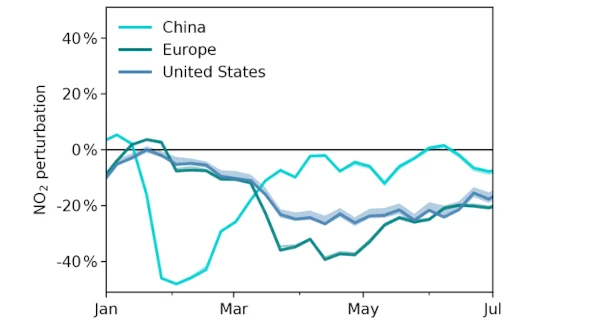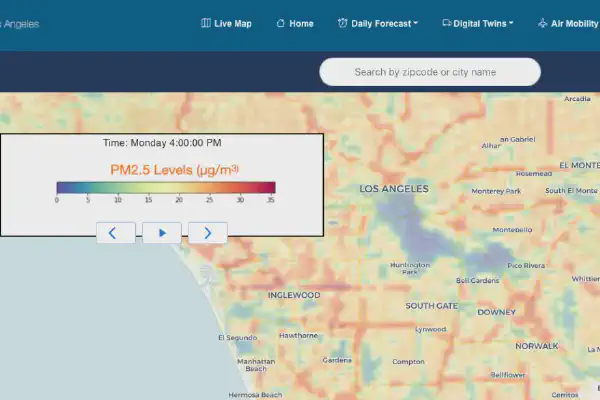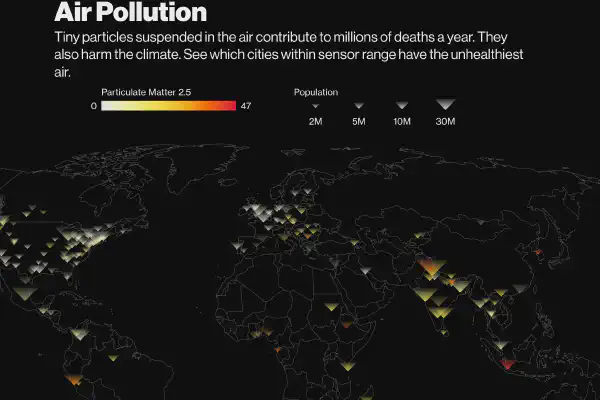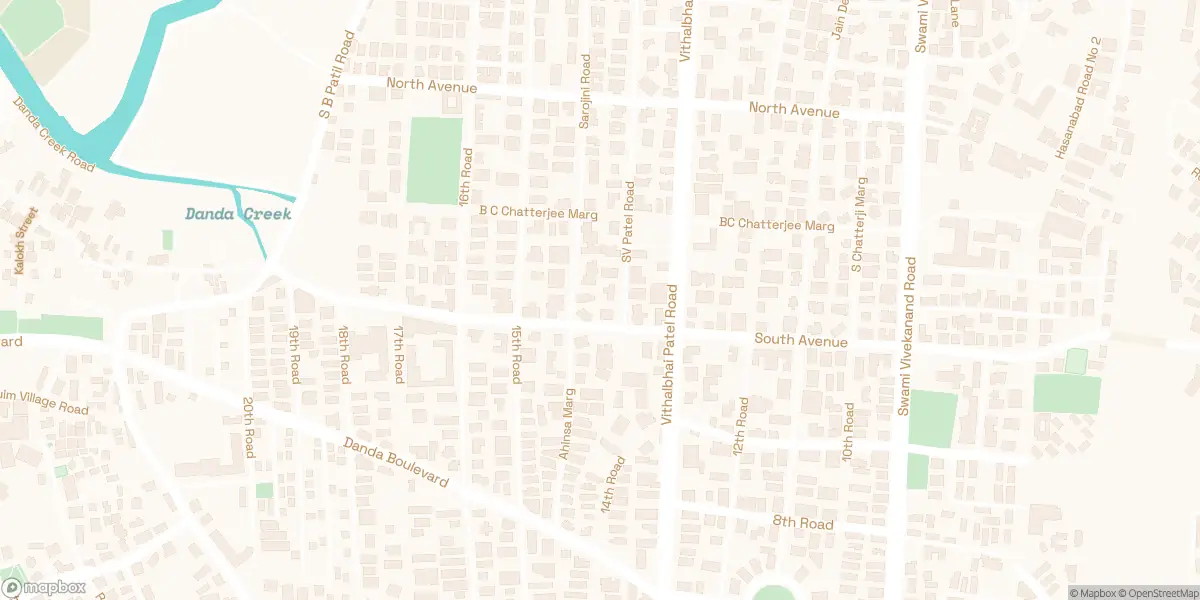Paul Crutzen Publication Awardees
Harmonized air quality measurements from the OpenAQ platform aided researchers who were awarded the 2021 Paul Crutzen Publication Award by the journal Atmospheric Chemistry and Physics.
The awardees include Christoph A. Keller, Mathew J. Evans, K. Emma Knowland, Christa A. Hasenkopf, Sruti Modekurty, Robert A. Lucchesi, Tomohiro Oda, Bruno B. Franca, Felipe C. Mandarino, M. Valeria Díaz Suárez, Robert G. Ryan, Luke H. Fakes, and Steven Pawson.
The Problem
A lack of centralized data, a lack of directly comparable data, gaps in data coverage, and paywalls on data impede air quality researchers’ ability to get directly to the question they are trying to answer–in this case, whether COVID-19 restrictions impacted surface concentrations of nitrogen dioxide and ozone globally.

OpenAQ served as an essential resource for the authors of this award-winning paper that tackled the global impact of COVID-19 restrictions on the surface concentrations of nitrogen dioxide and ozone. Image courtesy of Keller, et. al and Atmos. Chem. Phys.
The Solution
OpenAQ helps solve several of the problems air quality researchers face. We collect real-time air quality measurements from diverse and disparate sources and host the data on a free, easy-to-access, centralized data platform. Unlike private sector entities who build “black box” platforms and set up paywalls or governments whose interests are geographically bound, OpenAQ is able to meet data needs at a global scale, hosting data from over 85% of the world’s countries. In addition, OpenAQ harmonizes the data we ingest into interoperable formats (standardizing pollution units, location, date, time) so that the data are directly comparable and more easily analyzed across diverse applications.
How OpenAQ Helped
Lead author Christoph Keller said, “This paper would not have been possible without OpenAQ.” And the paper states, “Our analysis builds on the recent development of unprecedented public access to air pollution model output and air quality observations in near-real time.”
For More Information
- Read the long-version blog: OpenAQ Platform Informs Prize-Winning Publication
- Read the prize-winning paper: Global impact of COVID-19 restrictions on the surface concentrations of nitrogen dioxide and ozone


